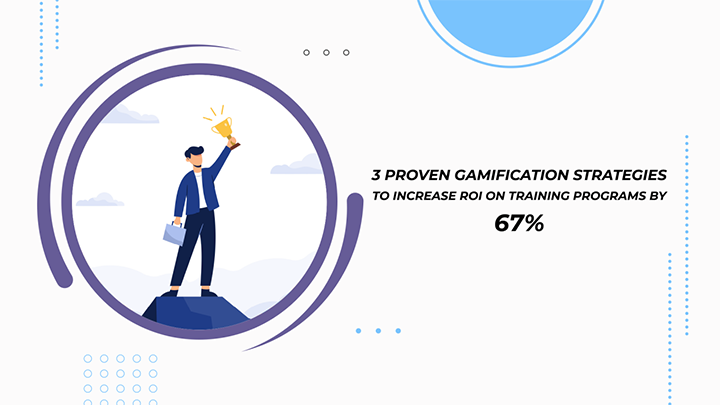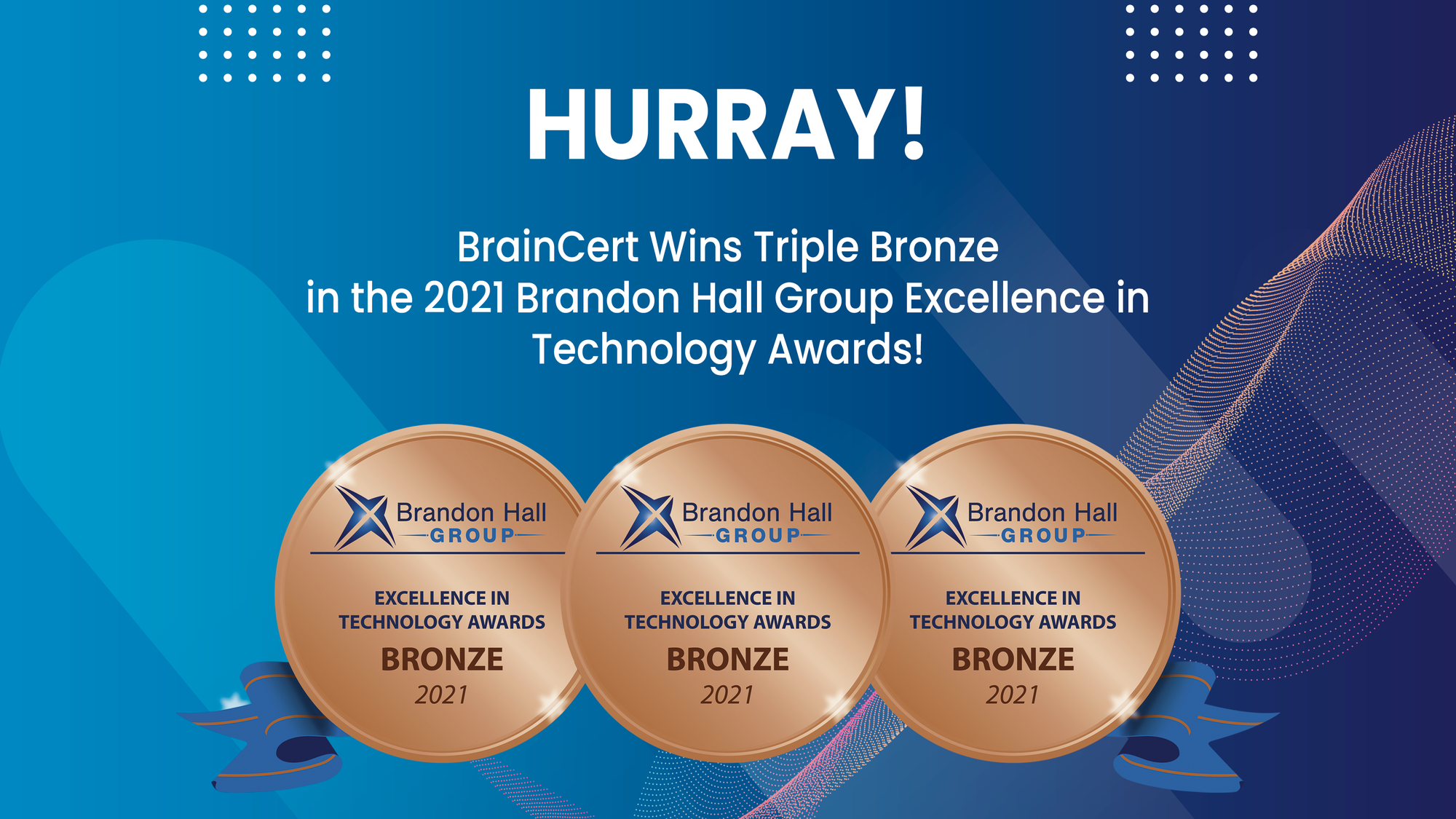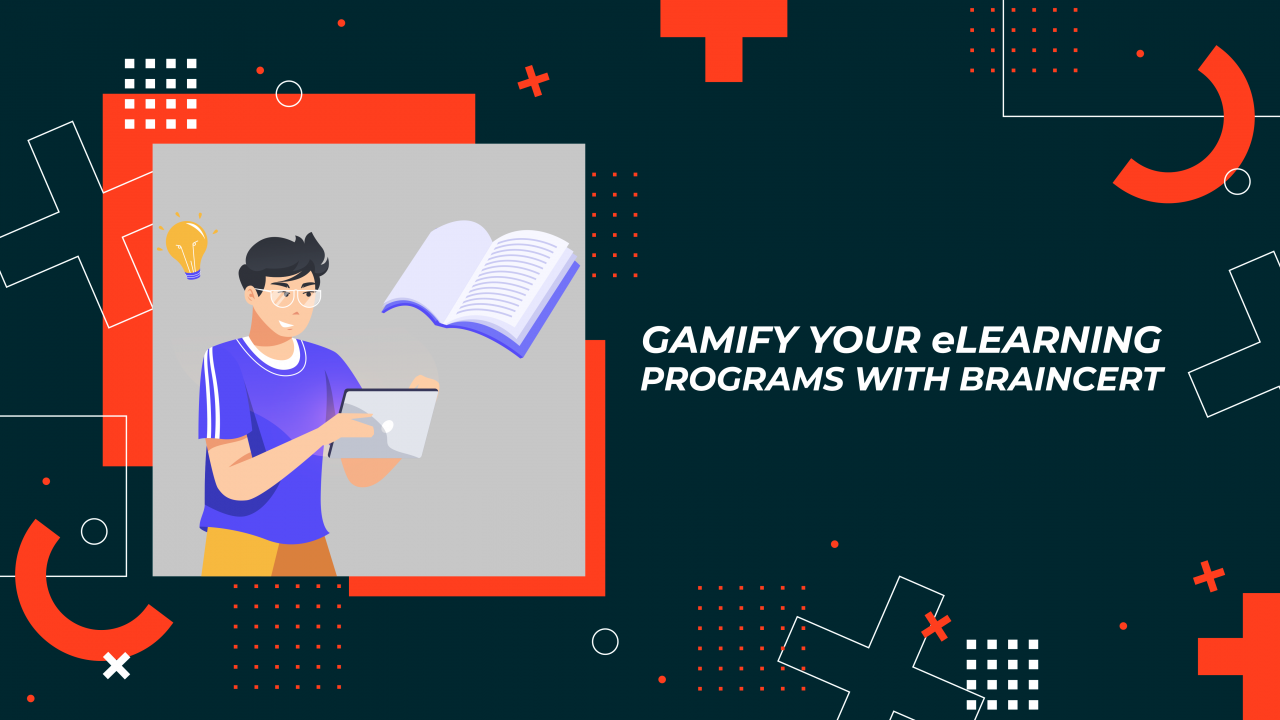An eLearning program with low learner engagement & retention rate is often cited to be a prominent reason for a low ROI on training programs. A training program with low engagement is in fact synonymous to a bucket with a hole in it. No matter how much water you fill in, it will eventually pour out.
If you were to consider an eLearning program to be this bucket, low learner engagement & retention rate are the holes that's draining your ROI.
So how do you fix this leaky bucket? Do you pour in more water to compensate for the leak or find a way to plug the leak?
Our recommendation? Plug the leak by finding ways to increase learner engagement and retention.
Here are some stats to entice you to plug that hole!
In studies conducted on the importance and benefits of learner engagement it was identified that learner engagement is pivotal in attention & focus and also to motivate learners to think critically. Other than these, engaged learners are also found to increase the ROI on training programs and become engaged employees.
Promoting learner Engagement Through Gamification
Gamification, in short, is the application of game-based concepts to eLearning programs to increase learner engagement & learner retention. Gamification makes use of the innate inclination of learners towards competition & achievements and incorporates it into the learning & development programs. By Incorporating gamification into eLearning programs, instructors can foster a healthy competitive environment among learners, eventually boosting learner engagement.
Promoting learner engagement through gamification isn't just about incorporating games to your eLearning programs. Instead, it is about having a well laid plan to meet certain predefined learning objectives that are focused on increasing learner engagement, keeping your learners motivated & on improving learner retention.
Three Ways to Successfully Incorporate Gamification in your eLearning Programs

How much an eLearning program can benefit from gamification depends on how well it has been implemented. As always, it all starts with setting up a gamification route plan and deciding the gamification path.
As an eLearning instructor you need to get into the shoes of a learner before you get into designing the path. It is essential that you set up a gamification path that starts at the novice level and progresses its way up to mastery. The key is to have a gamification path that's curated to take your learners on a journey from novice to mastery, all while keeping them engaged & motivated to continue learning.
Here is how you do it
- Split the learning goals into smaller achievable goals. Having smaller achievable goals will ensure that your learners stay motivated.
- Use learning evaluation tools like quizzes for your advantage. One way to go about it is to use quizzes as a key to opening the next level in the learning path.
- Give constructive feedback to learners all throughout the learning path that'd help them understand where it went wrong for them all while giving them chances to try again.
1. Set small achievable challenges
A 2020 study on challenge-based gamification on learning, had proven that challenge-based gamification had a positive impact on student learning compared to traditional teaching methods.
Smaller achievable challenges are the key building blocks of incorporating gamification in eLearning as it provides learners with a sense of direction, focus & engagement. By setting up smaller achievable challenges throughout the learning path, instructors can set up a target for learners helping them better stay focused on learning. Apart from helping learners stay engaged, having smaller achievable challenges will also bring about a satisfaction among learners which in turn will help learners improve their skills and knowledge.
Another advantage of having smaller achievable challenges is that instructors can keep their learners better prepared for more difficult learning challenges while the learner progresses along the eLearning path.
2. Set up an efficient feedback mechanism
As in the case of any eLearning programs, having an efficient leadership to ensure that your training programs are in alignment with your eLearning goals is a decisive factor. This is something instructors have to keep in mind while devising a gamification roadmap. It is essential that learners get constant feedback from instructors to ensure that their learning is on track.
The feedback is to be focused on helping learners approach failures constructively rather degradingly. Instructors have to ensure that the learners feel comfortable sharing, asking for and receiving feedback of their performance.
3. Nurture a sense of accomplishment in learners
A sense of accomplishment is a proven method of positive psychology to motivate people to do more. Having a sense of accomplishment would in turn make people proud of what they have done and also acts as a reassurance that they are progressing in their work.
In a research conducted by the happiness research institute, it was identified that achieving the goals one has set is one of the top influencing factors in learner engagement. The same applies to learners as well. By setting up small challenges that can be easily achieved, instructors can generate a sense of accomplishment in learners helping them be better engaged & focused in the learning programs. This will in turn help foster an efficient learner environment where the learners are naturally motivated to go that extra mile for learning.
Here is how you develop a sense of accomplishment in learners
- Badges are one way to do this. By awarding badges to learners who have completed certain challenges will help them feel proud of completing the challenges. Apart from motivating the learners who completed the challenge, badges would also promote others to complete the challenges.
- Offering rewards to learners following the successful completion of a challenge is another proven way. Apart from offering a sense of accomplishment, rewards will also motivate learners to do well.
To sum up
Gamification is indeed the way forward to improve the efficiency of learning & development programs. But that doesn't mean eLearning professionals can leverage the most out of gamification by just incorporating gaming elements to the training programs. Instead, for an eLearning program to benefit from gamification the key is to have a curated gamification road map with objectives that are aligned with your requirements.
Are you looking for a way to incorporate gamification in your eLearning programs? Get in touch with our team to experience how you can leverage the most out of the










